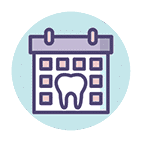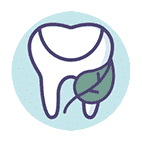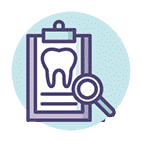
Children from Four to Six Years of Age
Ep. 9 : Total Health Dentistry with Dr. Ali
Listen:
Dr. Ali
- Featured in publications such as Alive Magazine, The Globe and Mail, and The Toronto Star
- Sought by hundreds of Naturopathic Doctors across Ontario
- Planning guest lectures on his approach to Total Health Dentistry along with world-renowned Dr. Thomas Rau MD.

Reviews for Dr. Ali








Children Ages 4 to 6
The importance of watching your child sleep (part 2), thumb sucking and soothing on and on (part 2), “Pre-aligners” and one nutrition tip.
Listen:
Read:
Click here for full Transcript
Intro:
In the first of its kind dentists-to-patient podcast, you’ll gain incredibly valuable insight into the mouth-body connection. You won’t hear any fluffy filler here. You’ll actually be able to connect the dots. Join us for a worthy jolt of insight on the Total Health Dentistry podcast with Dr. Ali.
Dr. Ali:
Hey everyone, it’s Dr. Ali. In this episode, you’ll gain a worthy jolt of insight about Total Health Dentistry for our lovely toddlers aged four to six. In the last episode, we took a dive into Total Health Dentistry for our little pumpkins aged zero to three. If you missed the opening five-part series which laid out the framework for what constitutes Total Health Dentistry, make sure you go back and check out the first five episodes as it will give this episode and future ones greater context.
In the last episode, we looked at the importance of examining the tongue early after birth to see if it may be tied and impeding nursing. We looked at key developmental landmarks. We talked a lot about nursing, about looking at mom’s eating and choosing inflammation-free nutrition. Baby’s spoon, we talked about that and what’s baby’s spoon only. We talked about the eruption cyst and looked at watching your baby sleep, sights and sounds. We finished with underlying causes of thumb sucking and extended soother use.
In this episode, which is a part of a 10-part series, we will discuss Watching Your Child Sleep, Part Two; Thumb Sucking and Soothering On and On, Part Two; something called pre-aligners. I have one nutritional tip. While the birth to age three category is the most important period of dental development after birth, if things went off track in airway, nutrition or structure, this age group, the four to six, allows us to get the train back on track.
Let’s say your toddler is entering this age group with a thumb-sucking habit or is soothering on and on and on. You’ve already pulled out all the stops and it’s not time to up the ante, it’s time to find out why it isn’t working. What is the underlying imbalance that the child is trying to correct or compensate for? We are very blessed at this time in dentistry, right? We have access to some incredible knowledge from Australia and the UK, among other places, which have radically changed the old dogmas we had about why teeth get crooked and why these habits can form in children. Here we go, let’s dive in.
Watching Your Child Sleep, Part Two. It’s so important it really had to be done in two parts. Just for fun, YouTube quote, “What parents need to know about sleep apnea in children.” Again, “What parents need to know about sleep apnea in children,” we do that. After you watch it my question is, is this news to you? Well, believe me, this is cutting edge stuff in medicine, in dentistry, which is why we’re covering it in Total Health Dentistry. No fluff, just connecting all the important stuff in this podcast. Remember the airway and structure episodes from one to five?
Matt: Yep.
Dr. Ali:
Okay, these airways are soft structures and can be easily compressed so what should be done? Number one, start with a diagnosis. We always have to rule out the most serious causes of sleep problems, which is something called central sleep apnea. That starts with your family physician. If it’s not central sleep apnea and it’s obstructive sleep apnea, question is, “Well, what’s causing the obstruction? Is it tonsils? Is it adenoids?”
Again, your MD or ENT will make that determination and recommend appropriate treatment, but my question is if it was the tonsils and adenoids, why? Why are they inflammatory? It’s one thing to say, “Yep, they’re inflamed,” but why?
What is the allergy irritating them? Well, it’s most likely nutrition, the second pillar of Total Health Industry. Let’s talk about thumb and soother mania.
Matt: Okay.
Dr. Ali:
What’s going on? Well, every habit is as different as the person it belongs to, there are no rules for how it will affect any one person. Here at the Total Health Dentistry Podcast, we don’t just gloss over all these topics, we’re here to sink our teeth into this. There are actually four reasons why a thumb habit may become embedded in a child, here they are.
Comfort and endorphins, that’s the first one. Airway opening. Relief of a cranial strain and relief of inner ear pressure. Let’s touch on all four of these. Endorphins are the natural feel-good chemicals in the brain that give babies and adults pleasure and comfort. Suckling starts as early as the third trimester so if the baby is thumb sucking, they need more comfort, more reassurance. It’s our job as parents to figure out why it is missing and how to add it back, versus focusing on removing the thumb habit.
The other thing that thumb sucking does is opens the airway. We’ve discussed airway over and over so now I’m sure as a Total Health Dentistry listener you are in tuned that anything that opens the airway has a very good chance of becoming a habit actually. Thumb sucking does that because here’s what happens. The lower jaw has to move forward to suck the thumb and this forward jaw motion opens the throat, it opens the airway. Now add endorphins to getting more air and I’m surprised more children don’t get hooked!
Matt: Yeah.
Dr. Ali:
Give a child more airway and more endorphins, that’s fantastic.
Now, another reason is relief of cranial strains. In future podcasts, we will have a knowledgeable osteopath share with us more about what exactly are cranial strains. I’m not an osteopath so you’ll forgive my crude explanation but how our cranium enters this world turns out to be a pretty important factor in our total health. Of course, I’m talking about our birth history, how we’re actually born.
If we come in head first with a relatively fluid labor, we have less strain on our cranium. If we come in head, foot, arm first and have to be pulled or otherwise coaxed out and it’s anything but fluid, well we’ve got strains in our cranium. While our head may look normal after all these strains, subtly there can be a lot of strain still kind of locked into the cranium. Thumb sucking, okay, or soother use can actually cause a gentle compensation or un-straining of these strains into the palette and into the connecting bones up into the cranium.
Matt: Wow.
Dr. Ali:
Again, I’m not an osteopath but we need somebody who, we will have somebody who is very knowledgeable about this come and explore this with us a little deeper in future episodes. The fourth reason why a child may have a thumb habit is relief of inner ear pressure. This is … To understand this is pretty easy. As adults on an airplane as it’s ascending and descending, we’ll do whatever we have to do to even out that pressure building up in our ear, same thing for a child.
If a child has a history of ear infections, blocked ear drainage, et cetera, thumb sucking will allow a relief of this inner ear pressure so it’s often, it’s just a natural habitation to do this. If you missed earlier episodes about strategies for decreasing the chances of things like ear infections in children, make sure you go back and check out Episode Eight as well as the first five episodes which set the stage for Total Health Dentistry.
All right, so I just want to switch gears to something called pre-aligners. Thanks to our colleagues in Australia and UK, there are some fascinating options available to us now. Remember, if the first three years of dental development didn’t go the way we would have liked, in this age group, the four to six age group, thanks to these pre-aligners we can recover, treat the underlying causes. Here’s the hint, Matt, it has to do with airway nutrition and structure to get the train back on track.
Matt: Right on.
Dr. Ali:
Without these three … Without these pre-aligners in dentistry, we have been doing the watch and wait during this age group or pull and wait, and there are many, many other options. Thanks to our Australian colleagues, they have given us something called Myobraces.
Braces straighten teeth, braces straighten teeth, but crooked muscles cause crowding.
Myobraces are braces for muscles. By and large, the muscles are the ones crowding out the teeth, improper function of the muscles.
Matt: Wow, yeah.
Dr. Ali:
While braces straighten the teeth, Myobraces straighten the muscles. To be more precise, Myobraces re-train muscles that have become crooked to compensate for another problem likely linked to airway nutrition and structure. We are using Myobraces with something that we’re going to also talk a great deal about, is oral myofacial therapy. We’re using Myobraces with oral myofacial therapy as a pre-alignment to either totally prevent the need for braces in the future or at least lessen the length and the cost of braces in the future. Treating the root cause.
Matt: That’s fantastic.
Dr. Ali:
Okay, so I want to also share one nutrition tip for this age category. Let’s be real, kids are going to eat sugar. One way or another, they’re going to get some poor nutrition between those chubby cheeks and so how do we minimize the damage from the sugar? Well, here’s a little tip. Insist on having … If you’re going to have a sugary snack, if a child’s going to have a sugary snack, insist that it be eaten with lunch or with dinner. In other words, not as a mid-meal snack.
Why? The answer is saliva. Saliva is the great tide that comes into the mouth and sweeps away debris off the shore and sugar off the teeth, or at least helps neutralize the acidity that’s building up from sugar.
Matt: Wow.
Dr. Ali:
During and immediately after a meal, saliva is running at the highest level. Think about it, you just ate, there’s saliva running everywhere. That is the time you want sugar, if there’s going to be a time, so that you’re minimizing the damage because there’s a ton of saliva around. As a snack, between meals when saliva’s at the lowest, the sugar will do the most damage. Accept the compromise of a sugary treat very occasionally but it has to be with a meal.
Matt: Yeah, that’s so important.
Dr. Ali:
That’s the rule. Well Matt, would you like to hear other Total Health Dentistry topics in this age group?
Matt: It’s fascinating, yeah absolutely.
Dr. Ali: You don’t have any kids but you’ll be armed if you ever …
Matt: Oh, I’ll be well-armed, I’ll have a full arsenal thanks to you Ali, I’ll be armed.
Dr. Ali:
You may have noticed that I’ve not gone into avoiding sugary snacks and drinks, avoid excessive candy, blah, blah, blah, blah, I’m just tired of that message, that fluffy dental message.
Matt: You got to be real, right?
Dr. Ali:
Yeah. Tell me something I don’t know. That’s why I created this podcast so I could share these rarely heard topics with our Total Health Dentistry listeners. Having said that, if there are some topics you’d like me to discuss, even if they are on the fluffy side, no worries, please share them with us. If you’ve missed the first five episodes, please go back and listen to these as I build the foundation for Total Health Dentistry.
Thanks everyone for joining us for this episode. As we look at our lovely toddlers aged four to six, I wanted to spend time with you today talking about why watching your child sleep is so important. I dedicated some more time to that as in the previous episode. Also, I wanted to dedicate more time in this episode to thumb sucking and soothering, we did that. We discussed pre-aligners in this episode and I also gave you one nutritional tip about when is the best time to have sugar, if you’re going to have it. Let’s be real, we are going to have sugar, our children are going to eat it, and so please join us next time as we move on to the next age category which is ages seven to 19. See you then.
Legal:
Please note that Dr. Ali Farahani is a general dentist and that Total Health Dentistry is not a specialty of dentistry. While we make every effort to broadcast correct information, dentistry is a constantly changing science and art. One doctor may have a different way of doing things from another. Dr. Ali Farahani is simply presenting his views and opinions that will be as evidenced based as possible. We welcome any comments, suggestions, or corrections of error.
Dr. Ali Farahani takes no money from drug or device companies. By listening to this podcast or reading this blog you agree not to use this podcast or blog as medical advice to treat any medical condition in either yourself or others, including, but not limited to patients that you are treating. Consult your own physician for any medical issues that you may be having. This entire disclaimer also applies to any guests or contributors to the podcast or blog. Under no circumstances shall Sante Family Dental, Dr. A. Farahani Dentistry Professional Corporation or Dr. Ali Farahani, or any of their employees, associates, or affiliates, any of the guests or contributors to the podcast or blog, be responsible for damages arising from use of this podcast or blog.
Ages 0 to 3
Ages 7 to 19
Reviews of Podcast
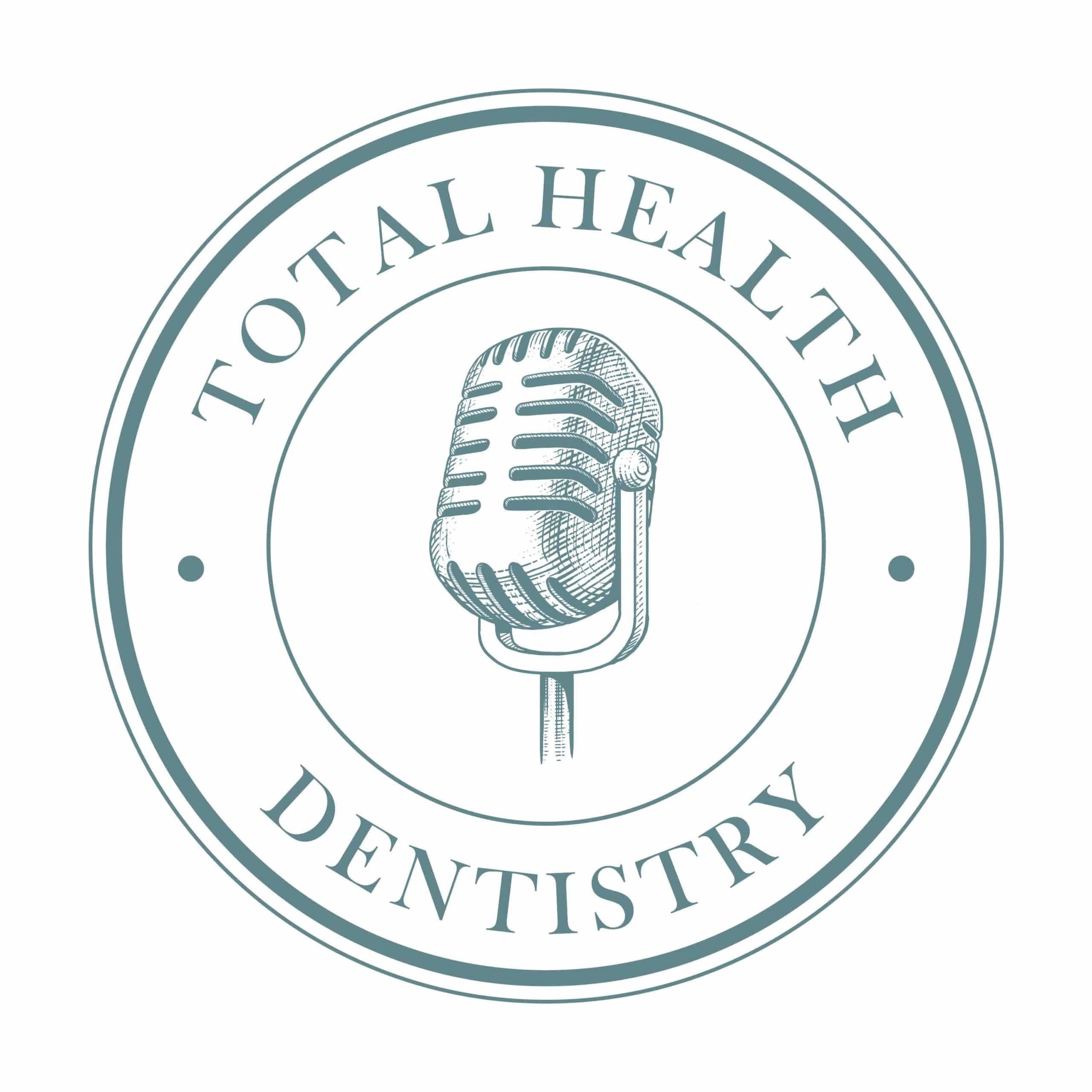




Subscribe to the Total Health Dentistry Podcast:
Or subscribe with your favorite app by using:
https://santefamilydental.ca/feed/podcast/
Podcast: Play in new window | Download | Embed

